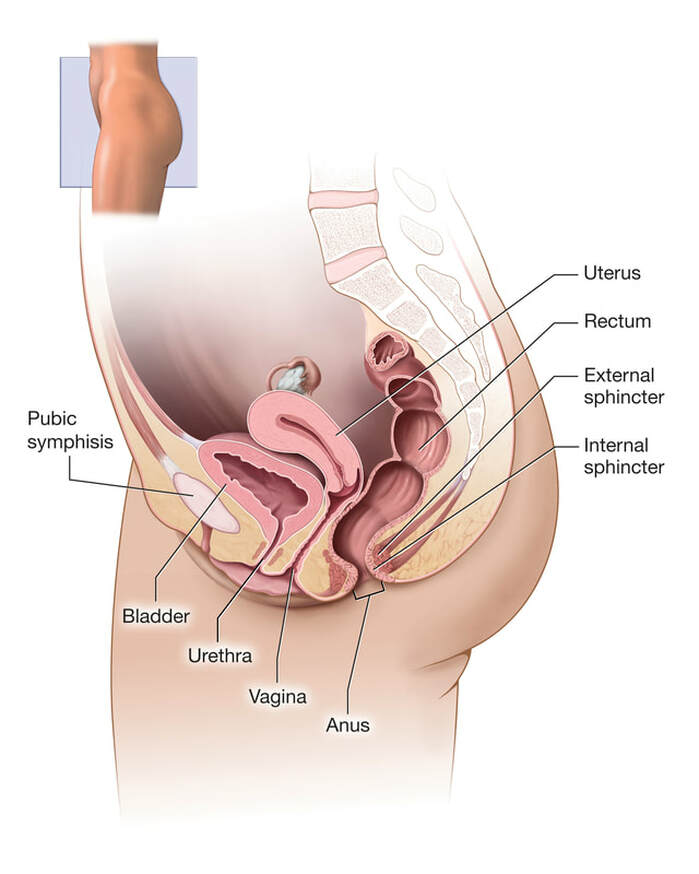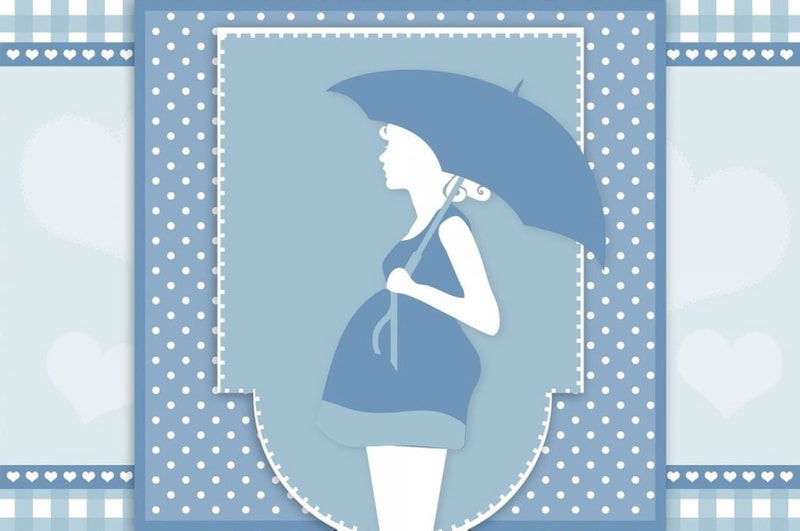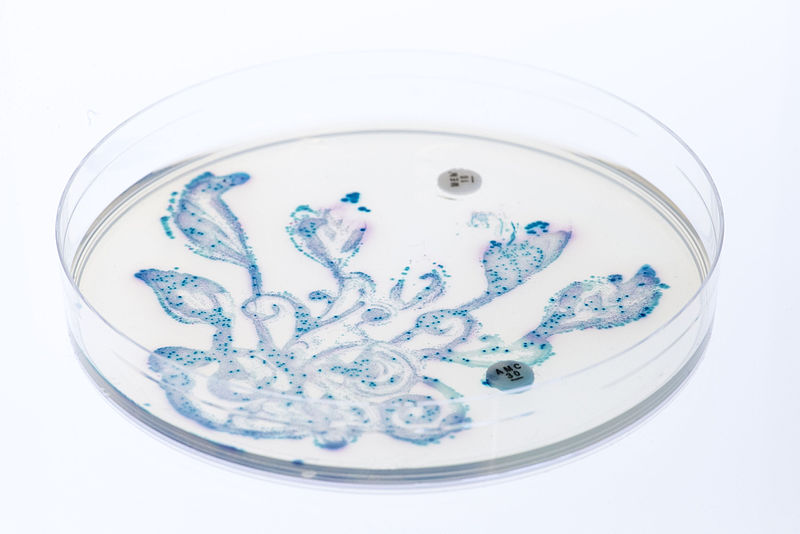Materials Matter in Vaginal Mesh
When the human body is damaged or aged, it often has trouble supporting itself. That is why it was crucial for scientists to invent many artificial materials and structures that can be implanted to support the body, ranging from hip implants to dental implants. Therefore, it is important for the materials that these implants are made from to be safe for the human body. Unfortunately, there are many risks that come with the possible benefits of implants due to the safety of the material. For example, hundreds of women who received polypropylene vaginal mesh implants experienced discomfort because the structure of the material was so rigid that it cut into their vagina. In response to cases like this, scientists at the University of Sheffield developed polyurethane mesh, a more flexible material that could be more suitable for vaginal mesh implants.
Although many conditions could result in the need for vaginal mesh implants, the two main conditions are pelvic organ prolapse and stress urinary incontinence. The pelvic organs, which include the bladder, uterus, cervix, vagina, and rectum, are all held in place by pelvic floor muscles and other tissues. Pelvic organ prolapse happens when the pelvic floor muscles can no longer support all the pelvic organs, which can result in the rectum, bladder, or uterus dropping into the vagina. Stress urinary incontinence occurs when a muscle in the pelvic floor called the urethra weakens. The urethra is normally able to contract and relax to release urine voluntarily, but if this muscle is weak, then it will relax to release urine even when there is only a small amount of pressure applied on the bladder. Activities like sneezing, coughing, and exercising all put a small amount of pressure on the bladder. Pelvic organ prolapse and stress urinary incontinence can result from childbirth, menopause, or aging.These two conditions affect up to 50% of postmenopausal women worldwide, and can make it hard for these women to have an active and social life.
Although many conditions could result in the need for vaginal mesh implants, the two main conditions are pelvic organ prolapse and stress urinary incontinence. The pelvic organs, which include the bladder, uterus, cervix, vagina, and rectum, are all held in place by pelvic floor muscles and other tissues. Pelvic organ prolapse happens when the pelvic floor muscles can no longer support all the pelvic organs, which can result in the rectum, bladder, or uterus dropping into the vagina. Stress urinary incontinence occurs when a muscle in the pelvic floor called the urethra weakens. The urethra is normally able to contract and relax to release urine voluntarily, but if this muscle is weak, then it will relax to release urine even when there is only a small amount of pressure applied on the bladder. Activities like sneezing, coughing, and exercising all put a small amount of pressure on the bladder. Pelvic organ prolapse and stress urinary incontinence can result from childbirth, menopause, or aging.These two conditions affect up to 50% of postmenopausal women worldwide, and can make it hard for these women to have an active and social life.
Image Source: Female pelvic organs by NIH Medical Arts and Printing
Polyurethane and polypropylene are repeating units of molecular structures composed of carbon, and hydrogen, and in the case of polyurethane, oxygen and nitrogen as well. They are common materials, as polypropylene is the same material used in food containers and carpets, and polyurethane is used in insulation and mattresses. The main difference between polyurethane and polypropylene is that polyurethane is more elastic and flexible. Some of the problems that arose when using polypropylene vaginal mesh included chronic inflammation and other damage to surrounding tissues. As a result, 19% of women who had a vaginal mesh procedure had to go through further procedures to fix these complications. Polyurethane mesh is safer because it can support the pelvic organs while being softer and more flexible, thereby decreasing the chances of the implant cutting into surrounding areas. Furthermore, the scientists also added a hormone called oestrogen to the mesh. Oestrogen is the hormone that triggers the development of female characteristics like breasts and wider hips. It has also been shown to to stimulate the production of blood vessels and tissues. This means that the addition of oestrogen into the mesh could promote healing after the implant procedure.
Implants are constantly being improved to give patients a better chance to thrive. Vaginal mesh that is capable of supporting a woman’s pelvic floor properly can open the door to things like living a more active life or spending quality time with friends and family, instead of battling the stress and embarrassment that comes with pelvic organ prolapse or stress urinary incontinence. If this mesh proves to be successful, it can certainly improve the quality of life for many women.
Implants are constantly being improved to give patients a better chance to thrive. Vaginal mesh that is capable of supporting a woman’s pelvic floor properly can open the door to things like living a more active life or spending quality time with friends and family, instead of battling the stress and embarrassment that comes with pelvic organ prolapse or stress urinary incontinence. If this mesh proves to be successful, it can certainly improve the quality of life for many women.
Featured Image Source: holdosi
RELATED ARTICLES
|
Vertical Divider
|
Vertical Divider
|
Vertical Divider
|






